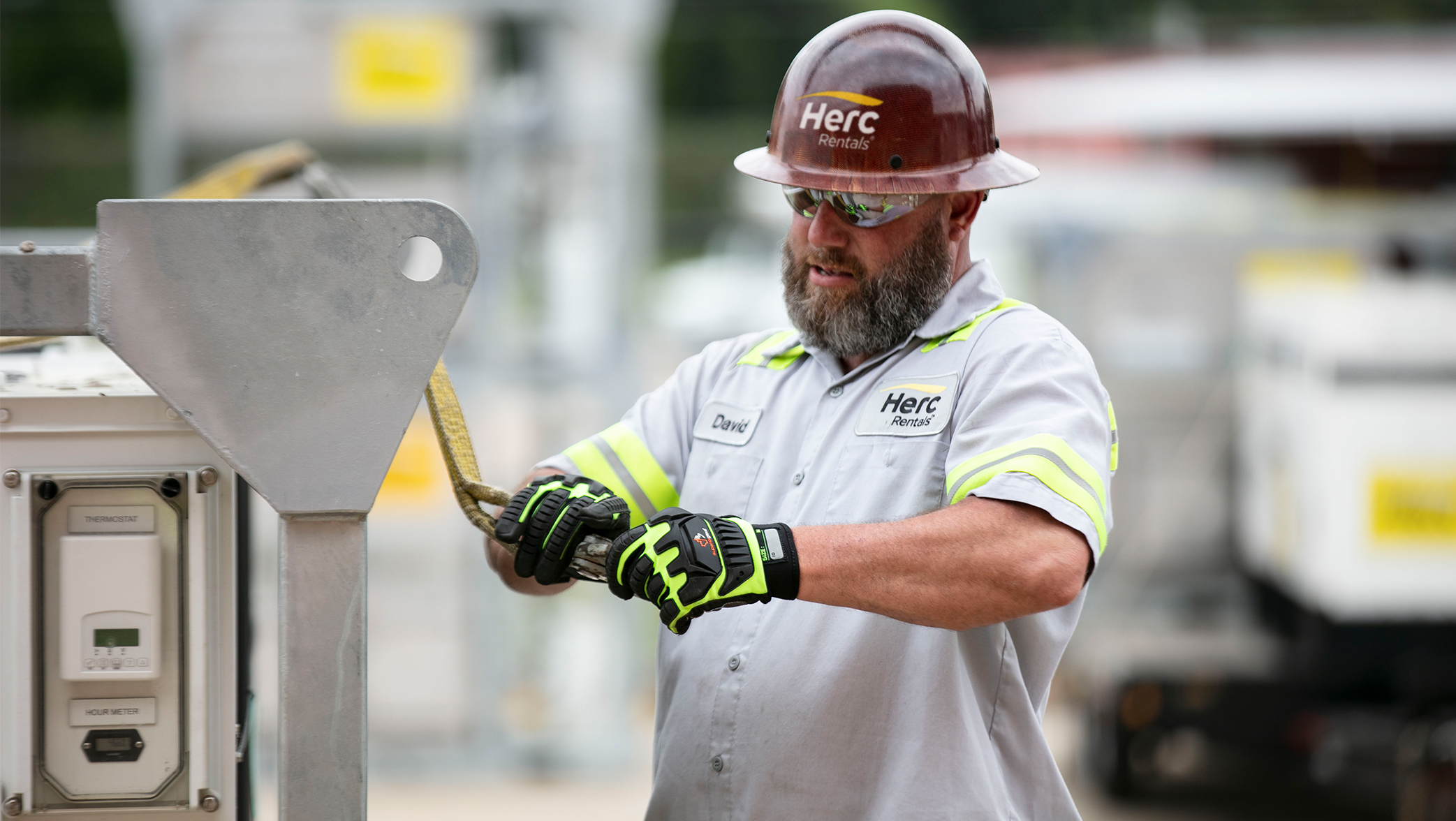The unpredictability of spring weather should be enough to convince anyone working in construction or with heavy equipment to never let their guard down.
Following these tips will help ensure a safe spring construction season for you and your crew.
Watch the Weather (and prepare for changes)
Unlike summer and winter when you know it’s going to be hot or cold, springtime, like the fall, is more unpredictable. Temperatures can fluctuate greatly throughout the day. Some days may start cool and by the early afternoon, could turn sweltering. Make sure your team dresses for both extremes. Advise them to wear multiple layers of clothing that can be easily removed as the weather warms. Also, be sure to keep a close eye on your team if the weather becomes hot. High temperatures can lead to dehydration, heat cramps, heat exhaustion (rest in a cool place such as an air-conditioned building; drink cold fluids, preferably sports drinks packed with electrolytes), and heat stroke (seek immediate medical attention). It also helps to know the signs and symptoms of heat-related illnesses. These signs/symptoms may include heavy sweating; cold, pale, and clammy skin; a fast or weak pulse; muscle cramps; dizziness; headache; and nausea or vomiting. Be sure to have procedures in place to deal with the effects of extreme heat.
Sunburn is another thing to watch out for. Even on cool days, your team should always wear sunscreen with an SPF of 15 or more on any exposed skin. Workers should also consider wearing protective clothing. This includes wide-brimmed hats (to cover ears and neck) or hard hats, long sleeves, pants, and gloves. Workers should also try and work in the shade as much as possible.
Spring can also bring inclement weather such as thunderstorms, tornadoes, and winter conditions like late-season snowstorms. Be sure to know what to do if bad weather arrives unexpectedly. This includes moving your team (especially those working in open spaces, near tall objects, or equipment like booms and cranes) to a safe place once thunder is audible as well as securing job site equipment and materials from high winds or gusts.
Gear Up
Spring rains can also wreak havoc on your job site. Wet or muddy surfaces can cause team members to slip or fall and equipment to get stuck or operate inefficiently. Ensure your entire team wears slip-resistant boots and removes any mud from their boots before they use any equipment or step on smooth, elevated surfaces. Also, keep walkways clear of standing water, mud, snow, or ice.
Heavy rainfall in the spring can turn a dry job site into a sloppy, muddy mess in no time and present problems for operators of construction equipment. While having pumps on hand for low-lying job sites can help reduce standing water, ground protection mats can ensure traction on trucks and equipment is maintained. When job site conditions are muddy, heavy machines can slip and slide, especially when operating on uneven ground. Additionally, make sure your team adheres to all safety protocols when working near or operating equipment in wet, muddy conditions. This includes always wearing high-visibility safety vests!
Trench Safety and Unstable Surfaces
Whether it’s placing a ladder, operating earth-moving equipment, or entering a trench, your crew should always check the ground for stability. While one spring day, the ground may seem as hard as concrete, spring thaws, melting snow, flooding, and rain, can change ground conditions quickly. Remember, workers should NEVER enter a trench without it first being inspected by a “competent” person. OSHA regulations define a “competent” person as an onsite employee who can identify existing and predictable hazards in the surroundings; identify working conditions that are unsanitary, hazardous, or dangerous to employees; and has the authority to take prompt corrective measures to eliminate them. Trench inspections should be performed daily before work begins and after any rainfall. For OSHA’s trench safety checklist, click HERE.
Safe operation of Herc Rentals’ equipment is a top priority. It’s why the company offers Equipment Safe Operation Training and Train the Trainer courses that feature top-notch instructors. Learn more about these courses HERE. For more on safety, check out Herc Rentals’ safety blogs.


